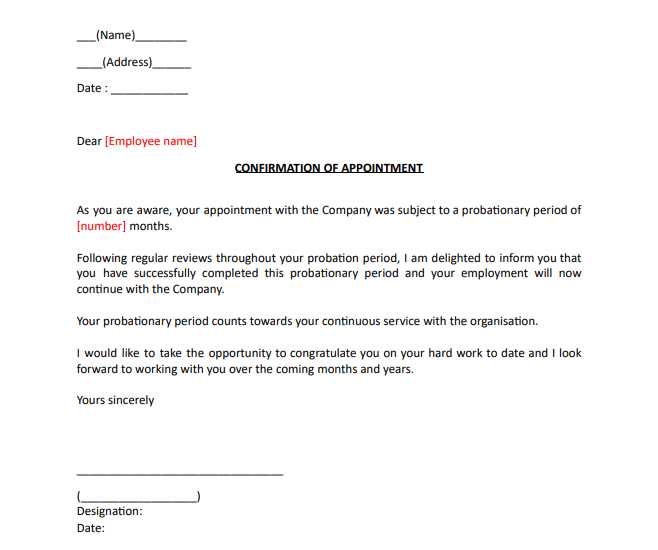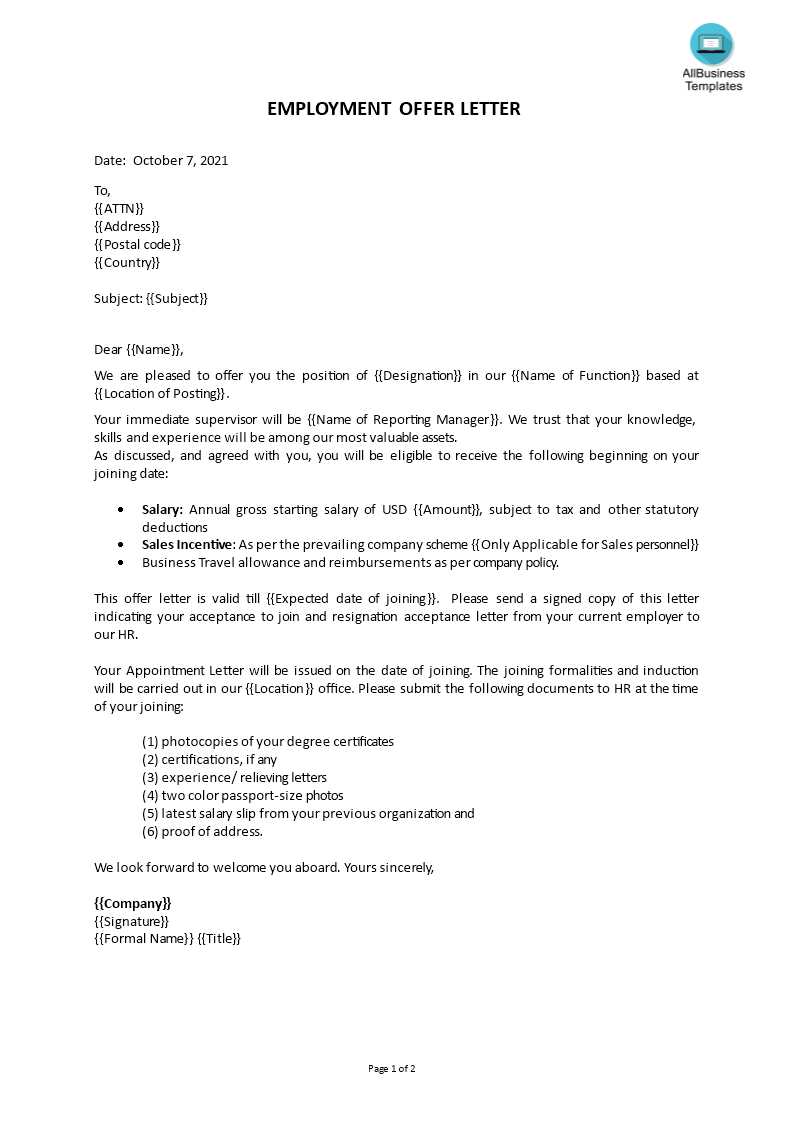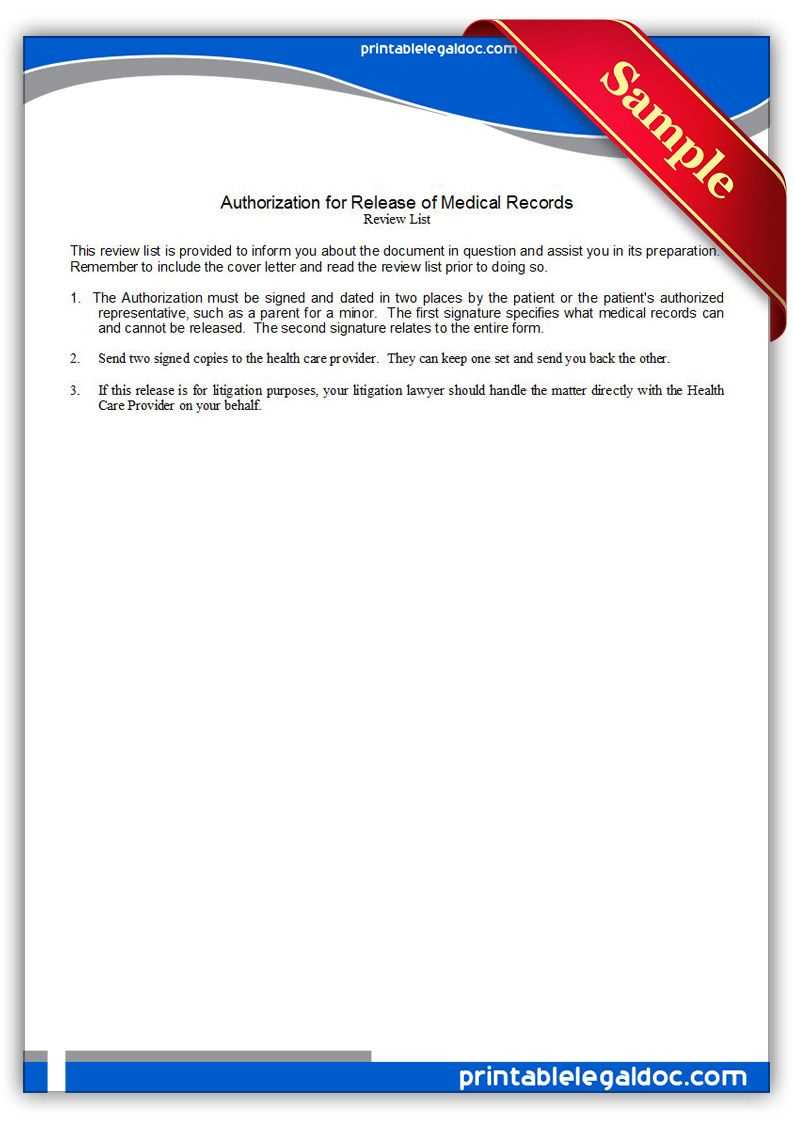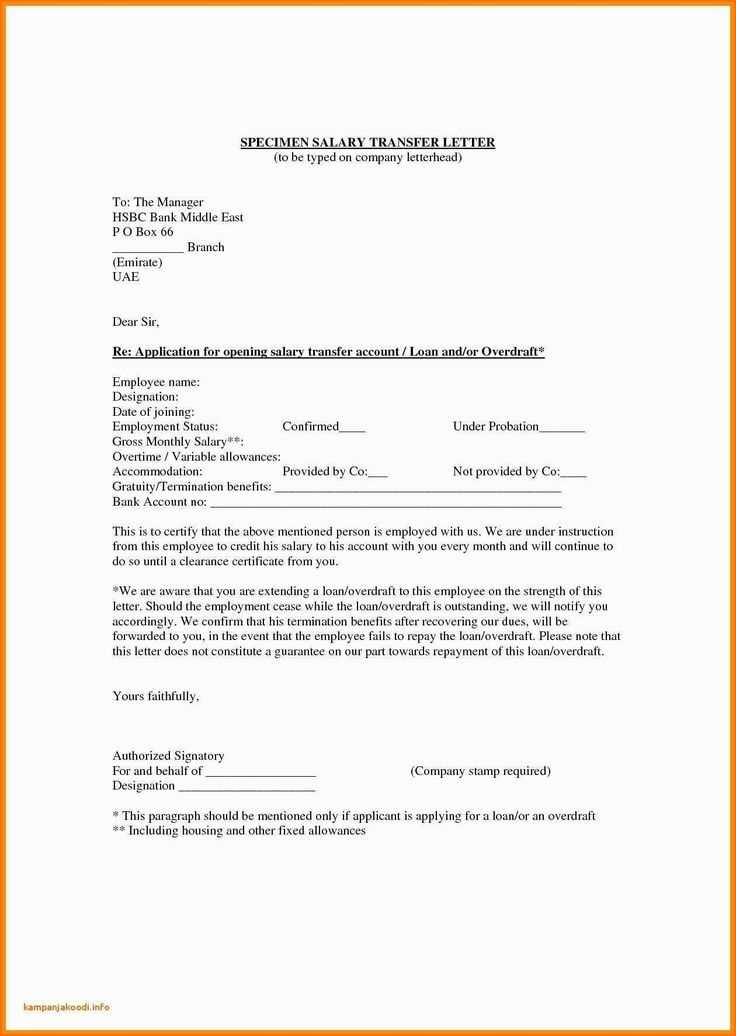Probation Review Letter Template for Employee Evaluations

Effective communication plays a crucial role in assessing an employee’s performance during their initial period with a company. It’s essential to clearly outline strengths, areas for improvement, and the expectations for future progress. This approach ensures that the employee understands their role and the company’s standards while providing them with the necessary support for growth.
Clear and concise feedback is vital in maintaining a productive and supportive workplace. The process involves crafting a message that highlights achievements and constructive suggestions for development. By doing so, employers can create a balanced and motivating conversation that benefits both the individual and the organization.
In the following sections, we will explore the best practices for drafting such a document, from structuring the content effectively to addressing potential challenges that may arise during the assessment process. With the right approach, these communications can foster trust, clarity, and long-term success for all parties involved.
Understanding the Purpose of Employee Assessments

During the initial stages of employment, it is essential to evaluate an individual’s integration into the company and their ability to meet established expectations. This evaluation period serves as a checkpoint, allowing both the employer and employee to assess the fit within the organization and make any necessary adjustments. Such assessments are pivotal in ensuring long-term success and alignment with company goals.
Providing clear feedback helps employees understand how their work contributes to the team and areas where improvement is needed. This process allows employers to make informed decisions about ongoing employment, providing clarity and setting expectations for future growth.
Moreover, these assessments promote transparent communication, ensuring employees feel supported and aware of how their performance impacts their overall development. It’s a chance to offer guidance, recognize achievements, and address any concerns, fostering a positive and productive work environment for all parties involved.
Key Elements to Include in Your Communication

When crafting a document to evaluate an employee’s performance, it is important to focus on several key components that make the communication clear and actionable. These elements ensure that the message is constructive, informative, and sets a clear path for future development.
Performance highlights should be included to acknowledge the individual’s strengths and successes. Recognizing accomplishments helps motivate the employee and reinforces positive behaviors. Additionally, areas for improvement need to be addressed with clear, actionable suggestions that guide the employee towards growth.
Future goals are an essential aspect, providing a roadmap for the employee’s continued success. This section should detail expectations and outline how both the employee and employer can work together to achieve these objectives. Offering support and outlining next steps fosters a collaborative environment, ensuring that the employee feels valued and understood throughout the process.
Tips for Writing Constructive Feedback
Effective feedback is crucial for an employee’s growth and development. It should provide a balance of positive reinforcement and suggestions for improvement. When done correctly, feedback helps individuals understand their strengths while also guiding them toward areas where they can enhance their skills.
Here are a few important tips to keep in mind while drafting feedback:
| Tip | Explanation |
|---|---|
| Be Specific | Provide clear examples of the employee’s actions or performance that demonstrate both strengths and areas for improvement. |
| Focus on Behavior | Frame feedback around specific actions or behaviors rather than personal traits to ensure it’s constructive and actionable. |
| Offer Solutions | Rather than just pointing out weaknesses, provide actionable steps or guidance on how to improve in certain areas. |
| Balance Positive and Negative | Make sure to highlight what the employee is doing well, alongside any areas that need attention, to maintain motivation. |
| Be Respectful | Maintain a tone of respect and professionalism to avoid demotivating the employee and foster a positive atmosphere for improvement. |
By following these tips, feedback can become a powerful tool in guiding an employee’s growth and ensuring their long-term success within the company.
How to Address Performance Issues Effectively

Addressing performance concerns is an essential part of maintaining a productive workplace. It’s important to approach the situation with a solution-oriented mindset, ensuring the employee understands where improvements are needed while offering support for growth. Handling such matters with care can prevent misunderstandings and foster a positive outcome for both the employee and the organization.
Here are some key steps to address performance issues in an effective manner:
- Identify specific concerns: Avoid generalizations. Instead, point out concrete examples of where performance has not met expectations.
- Maintain clarity and professionalism: Keep the tone constructive and respectful. Focus on behaviors rather than personal traits.
- Offer support: Discuss how you can assist the employee in improving, whether through additional training, resources, or guidance.
- Set clear expectations: Outline measurable goals and expectations for improvement, giving a clear timeline for follow-up.
By following these guidelines, you ensure that concerns are addressed in a way that is both constructive and motivating. This approach helps employees feel supported, enabling them to take responsibility and make meaningful changes to their performance.
Best Practices for Structuring the Communication
When preparing a written assessment for an employee, it is crucial to present the information in a clear and organized way. A well-structured document not only improves readability but also ensures that key points are conveyed effectively. By adhering to a logical flow, the communication will be easier to follow and better understood by the recipient.
Start with a Positive Tone

Begin by acknowledging the employee’s accomplishments and strengths. This sets a constructive tone and shows appreciation for their contributions. Starting with positive reinforcement helps build confidence and motivates the individual to be more receptive to feedback.
Provide Clear and Actionable Feedback
After highlighting strengths, focus on areas for improvement. Be specific and offer guidance on how the employee can address these concerns. Providing practical suggestions for development ensures that the feedback is actionable and not overwhelming.
Clear structure and tone are essential in delivering a message that is both encouraging and informative. A balanced approach makes it easier for employees to process the information and take the necessary steps for improvement.
Common Mistakes to Avoid in Employee Assessment Communications
When drafting an assessment of an employee’s performance, certain errors can undermine the effectiveness of the message. To ensure the feedback is productive and well-received, it’s crucial to avoid common pitfalls that may lead to confusion or misunderstanding. A well-crafted document should promote clarity and support for the employee’s growth, not create unnecessary tension or ambiguity.
Vague Language
Using unclear or generalized statements can leave the employee uncertain about what exactly needs improvement. It’s important to be specific and offer concrete examples to ensure the message is actionable and understandable.
Overly Harsh or Negative Tone

While addressing areas for improvement is essential, delivering feedback with an overly critical or harsh tone can demotivate the employee. Strive for a balanced approach that focuses on positive reinforcement alongside constructive criticism.
- Failure to provide solutions: Simply pointing out problems without offering guidance on how to improve leaves the employee feeling unsupported.
- Ignoring achievements: Focusing only on shortcomings without acknowledging positive contributions can lower morale and hinder motivation.
- Lack of clarity: Not clearly outlining next steps or future expectations can create confusion and uncertainty regarding the employee’s development path.
Avoiding these mistakes ensures that the assessment is not only clear and constructive but also helps foster a positive and productive work environment for the employee to thrive in.